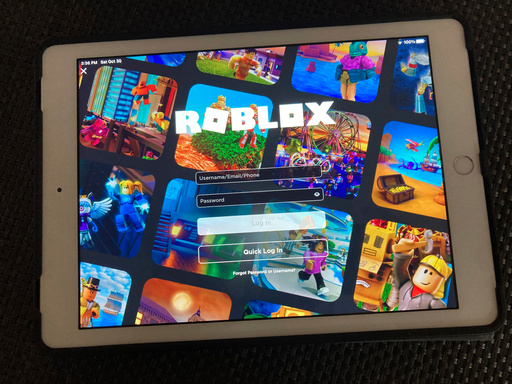

Roblox Enhances Age Verification System Amid Growing Focus on Child Safety
By Barbara Ortutay
Roblox, the popular online gaming platform known for its immersive user-generated content, is reinforcing its age verification protocols as part of a strategic initiative to create a safer environment for its users. The company has announced plans to implement an age verification system that will allow users to engage in private messaging only with those within similar age groups. This move comes in response to increasing scrutiny and legal challenges related to child safety, as well as a wave of regulatory changes advocating for age verification across digital platforms worldwide.
The enhancement of Roblox’s age verification process involves an innovative age estimation tool developed by Persona. This technology requires players to submit a video selfie, which the system uses to estimate the user’s age. According to Roblox, these video uploads are promptly deleted after the age verification process is completed. It is significant to note that no facial scans are necessary to access the game; however, they become mandatory for users desiring permission to chat with other players.
Children under the age of 13 face strict limitations on interacting with others outside of game settings unless explicit parental consent is granted. Furthermore, Roblox does not utilize encryption for its private chat features, enabling the company to monitor conversations for safety purposes. This approach raises concerns among child safety advocates, emphasizing the delicate balance between privacy and security in online environments.
Critics have expressed skepticism regarding the reliability of facial recognition technology for age estimation. However, Matt Kaufman, Roblox’s Chief Safety Officer, affirmed the accuracy of the system, claiming that it can estimate ages within one to two years for individuals between the ages of five and 25. He acknowledged the possibility of discrepancies, allowing users to contest age estimates by providing identification or parental consent as a corrective measure.
Once the verification process is complete, users will be categorized into distinct age groups: under nine, nine to 12, 13 to 15, 16 to 17, 18 to 20, and over 21. This classification will dictate the types of chat functionalities available to users, maximizing safety by facilitating interactions among similar age peers.
Roblox intends to roll out these enhanced age checks in Australia, New Zealand, and the Netherlands in the first week of December, with a global launch slated for early January. This initiative aligns with broader trends across technology companies, reflecting a growing commitment to implementing robust verification measures. For instance, Google is currently testing an AI-powered age verification system for YouTube, while Instagram is experimenting with AI to identify inaccuracies in age disclosures by minors.
In an era where digital safety is paramount, Roblox’s proactive steps to bolster age verification highlight the platform’s dedication to safeguarding its younger users amidst an evolving legislative landscape focused on online child protection. As technology continues to advance, the importance of responsible practices in user interactions within digital communities remains a critical consideration for both developers and regulatory bodies.
